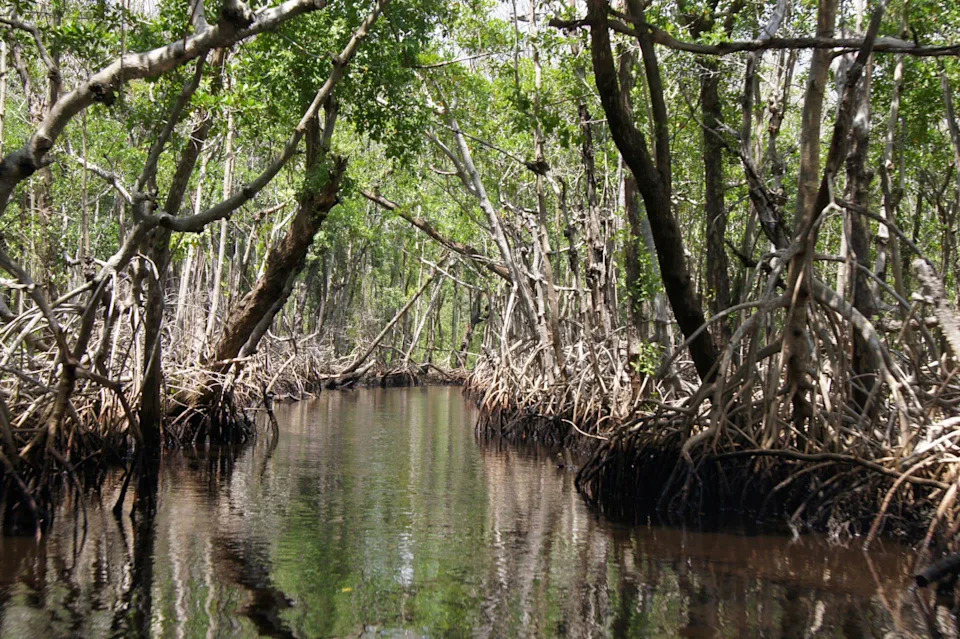No conservation efforts are a match for the rapid breeding of Burmese pythons — but that isn’t stopping one dedicated group of snake wranglers in Florida from trying, the Times reported.
The pythons, after escaping or being dumped from the illegal exotic pet trade, have reproduced in staggering numbers in Florida’s Everglades wetlands over the last few decades. Officials estimate that the region currently holds up to 300,000 pythons.
Their presence has wreaked havoc on the ecosystem’s natural checks and balances. Many bird species are in decline, and once-prevalent mammals, like raccoons, rabbits, and opossums, have seen up to a 98% population decline, per the Times. This also spells disaster for native predators like panthers and bobcats, whose prey sources have been largely eliminated.
Enter a fleet of professional python-removal agents, who are employed year-round by the South Florida Water Management District and Florida’s Fish and Wildlife Conservation Commission.
These agents roam the Everglades, bagging and humanely killing the invasive pythons in order to protect the broader ecosystem.
One of the agents is a conservationist named Donna Kalil, who has been nicknamed the Everglades Avenger.
“I don’t hate snakes,” Kalil told the Times, “but pythons are an invasive species wreaking havoc on an environment where they don’t belong. They have to go. Humans put them here, humans must clear them up.”
Humans are the reason that nearly all geographically invasive species — from catfish to kudzu — end up in new environments. Whether it’s deliberate, illegal smuggling, or accidental transport of clothing or goods, human activity is behind most invasive spread.
But here, humans hope to be the engine behind the invasive removal, too. In addition to the python catchers, the area hosts an annual Florida Python Challenge, where people compete for $25,000 in prize money for catching pythons.
The year-round program has caught at least 11,000 snakes since it began eight years ago; for her part, Kalil has caught at least 1,100 pythons. The longest was 16 feet long, and the heaviest — which she said had swallowed a deer — weighed 135 pounds. Another had a small alligator in its stomach, in a grim and ironic twist for the iconic area predator.
|
Do you think your city has good air quality? Click your choice to see results and speak your mind. |
Once the pythons are dead — which Kalil does by using blunt force followed by inserting a rod or needle into the brain, a humane technique called pithing — their bodies and skins are sold or donated. She donates the smaller hatchlings to local wildlife sanctuaries to be used as food, as the adults generally present mercury contamination. The skins are used to make anything from wallets to python fat soap.
The one thing that hasn’t gotten easier, Kalil shares, is killing the snakes she catches.
“I love all animals; I believe they’re sentient beings,” she told the Times. “But it’s a choice between one animal I love and the thousand other animals it would eat if it’s left out here. It’s about the future of this beautiful place we can’t afford to lose.”
Join our free newsletter for good news and useful tips, and don’t miss this cool list of easy ways to help yourself while helping the planet.
Yahoo News – Latest News & Headlines
Read the full article .


